Anxiety Therapy with Nail Art
In recent years, creative channels for mental health management have expanded, offering new and surprising ways to cope. Nail art is a unique expression that beautifies and offers therapeutic benefits, especially for anxiety sufferers. Nail art, generally done in a relaxing nail studio, is more than a hobby. Like art therapy, it promotes awareness and emotional release through nonverbal communication and self-expression.
Nail art requires concentration, patience, and gentleness to begin its healing journey. This careful task forces people to focus on the now rather than anxiety-inducing thoughts. Applying a base coat, drawing designs, or embellishing with paint induces a meditative state, similar to mindfulness. Immersion at the moment helps quiet racing thoughts, a typical anxiety symptom, and gives a sense of accomplishment.
Nail art expresses personality in ways words cannot. Choosing colors, patterns, and designs that match one’s mood can reveal one’s emotional status. Nail art, which uses nails to express interior feelings, fits art therapy’s primary idea. It recognizes the therapeutic value of creative expression in understanding and managing mental health issues.
Nail art is very therapeutic due to its sensory experience. The feel of the brush on the nails, the focus needed to apply tiny ornaments, and the smell of the polish can distract from worry. Treatments that shift the mind from anxious thoughts to relaxing activities require sensory involvement.
The sense of control nail art provides enhances its therapeutic value. Feeling helpless or apprehensive about the future causes anxiety. Nail art design and execution put control in the hands of the individual. Painting, choosing colors, and choosing a design help one recover control over one’s surroundings and activities, countering anxiety’s powerlessness.
The social side of nail art is also essential. Share designs on social media, join nail art communities or get comments on your nails to increase self-esteem and feel connected. Positive social connections can boost self-esteem and creative expression in anxious people.
Nail art’s regularity and structure can also calm anxiety. Nail care and design rituals can give predictable and calming periods in one’s calendar, a respite from anxiety’s chaos. The freedom to select when and how to apply nail art makes it therapeutic.
Nail painting therapy encourages patience and acceptance. Although nail painting has smudges and faults, it encourages people to accept and find beauty in them. This acceptance lesson can go beyond nail art, helping people be more forgiving of their shortcomings and patient with anxiety management.

In conclusion, nail art can help manage anxiety but is only one tool in a more significant mental health plan. Healthcare professionals should recommend it in addition to other treatments. Nail art is an accessible, creative, and intensely personal practice that promotes mindfulness, self-expression, and emotional release, making it an excellent tool for mental health.
Meditation in Personal Nail Art
Personal nail artistry turns a beauty regimen into a therapeutic one. Painting one’s nails becomes a contemplative hobby that relieves tension in the comfort of a home or nail studio. This metamorphosis concerns mindfulness and self-discovery with each brushstroke, not just nail colors and designs.
Nail art is a complex dance of focus and imagination. Color picking requires a profound connection to one’s emotional terrain. Colors and shades represent moods and emotions. The brilliant reds, relaxing blues, and earthy greens fill the palette and convey the artist’s innermost sentiments, allowing the heart and nails to communicate silently.
Painting becomes a mindfulness practice as it progresses. The world disappears, leaving the brush, color, and nail. This attention soothes speeding thoughts and fears of worry. Painting elaborate designs or polishing perfectly brings the mind back to the present, calming nervous thoughts.
This nail art adventure requires patience and acceptance. The occasional smear or brush stroke teaches acceptance. Anxiety heightens our anxieties of failing at even the slightest tasks. Nail painting is forgiving, so mistakes are a reminder that beauty is in the imperfect and that each try is a step toward mastery and self-acceptance.
This activity is lonely yet needs to be isolated. Nail art creates a unique connection. Sharing masterpieces on social media, trading suggestions with other fans, or getting a nail polish complement can build community. Though brief, these connections can improve mental health by validating, encouraging, and reminding one that they are not alone.
Nail art’s ritualistic procedures and stages add regularity to life. This practice might become a habit and a refuge from anxiety. The practice’s consistency and creative freedom provide a unique sense of confidence. It’s planned but free, scheduled but spontaneous, giving a balance that’s hard to find in regular life.
Nail painting allows one to reflect on thoughts and feelings without words. Color and design choices can reveal one’s inner condition and reveal new insights. Silent introspection helps improve self-awareness and understanding, which are essential to anxiety management.
The tactile feel of nail art also has therapeutic effects. The sense of polish, the fragrance of remover, and the sight of a finished design can ground people in their bodies and distract them from worried thoughts.
As nail art evolves, it becomes more than a hobby or cosmetic habit. It is self-care and a therapeutic practice for the nails, mind, and spirit. It provides peace in the whirlwind of life, where painting one’s nails can be a declaration of self-love and a reminder that one deserves beauty and tranquility.
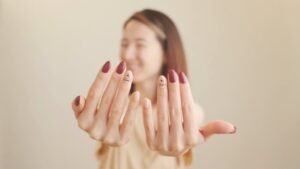
Meditation while doing nails is a pleasant companion on the path to mental health as one navigates worry. It emphasizes slowing down, being present, and expressing oneself through color and design. The ups and downs, flaws, and perfections of this voyage reflect the more extensive journey of managing anxiety, where each step, no matter how tiny, is a step toward recovery.
As this nail art therapy journey concludes, remember that results vary by person. The search for tranquility and ways to calm the restless mind remains universal, and many find refuge in nail art’s soft brushstrokes.
Further investigation shows that nail art therapy’s essence is its simplicity and accessibility. It reminds us that healing can be found in peaceful self-care and the delicate balance between concentration and creativity. As people struggle with anxiety, painting their nails shows how tiny rituals may calm, express, and empower them. Thus, nail painting is more than just a form of beauty; it is a canvas for healing and art.

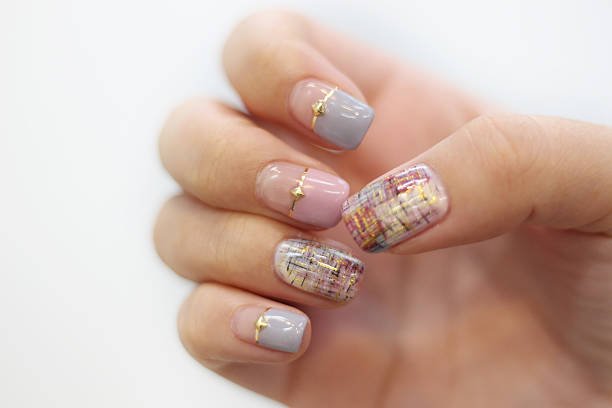

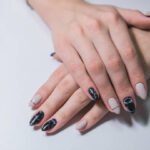
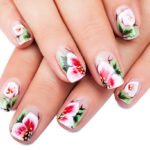
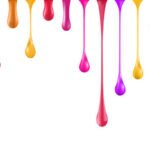
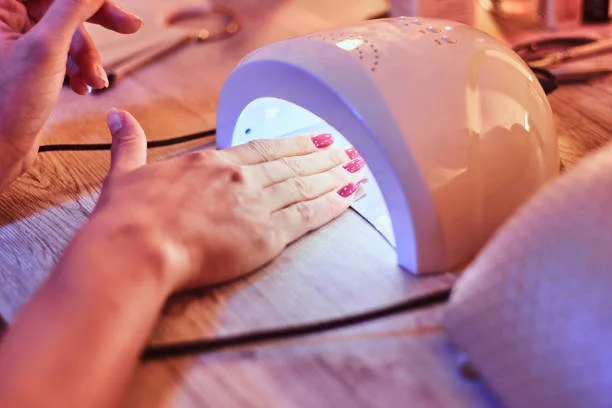
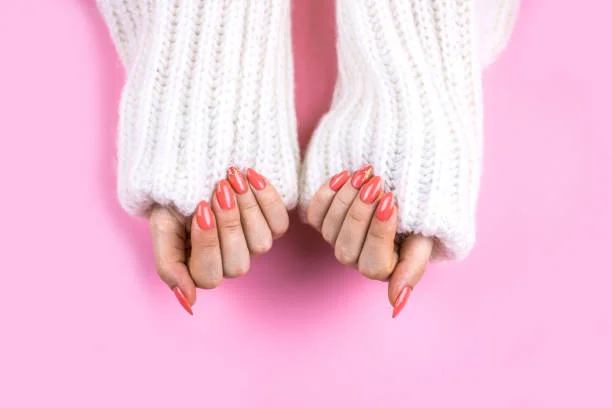
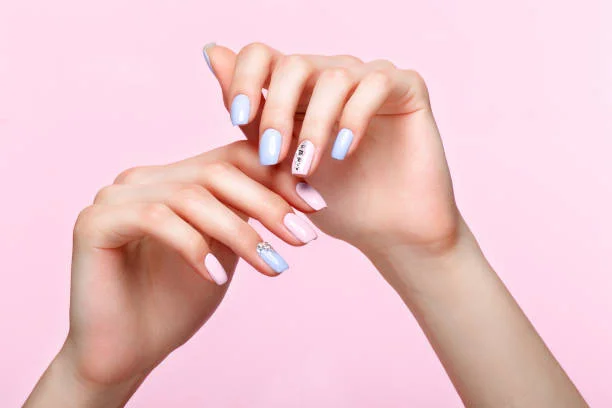
Leave a Reply